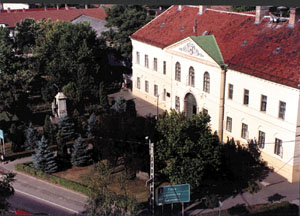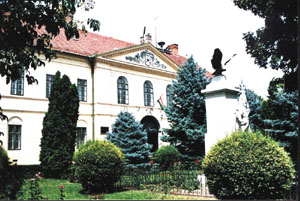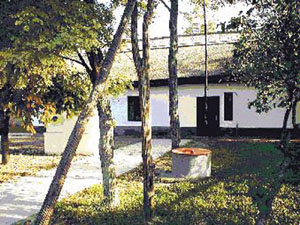Popular destinations nearby
Szeged,
Békéscsaba,
Gyula,
Hódmezővásárhely,
Kecskemét,
Baja,
Bugac,
Kalocsa,
Makó,
Ópusztaszer,
Orosháza,
Akasztó,
Bácsalmás,
Battonya,
Békés
|
Town with 9,061 inhabitants. In 1794 it got the rank of market town. There was also a secondary school here at that time. The library of old books in the secondary school has been known all over the country since the 1830s. After 113 years it became a town again in 1989. The excavation of an Avar princely grave in the sand-pit in Kunbábony was a great archeological sensation in the 1970s. The construction of the Cultural Centre was finished in 1986. It became the intellectual and cultural centre of the town. It houses also the Town Library. The exhbition of young artists is held each year, the Töröksíp International Camp of Folk Art has been organized since 1989. There are several religious denominations in the town, the oldest ones are the Catholic and the Calvinist. The Baroque Calvinist church, built in 1792, is an important listed monument. The sport centre and the swimming-pool were opened in 1994 and 1999 respectively. The listed monument Town Hall was built in neo-Classical style in 1826. There is a plaque on its wall commemorating Sándor Petőfi's visit in 1845. The monument of World War I. is in front of the Town Hall. The museum of local history of the Kiskunság National Park can be found in the Virágh mansion. The exhibiton of Balázs Diószegi, a Munkácsy Prize winner painter, is in his house of birth. The alkali desert which surrounds the town semicircularly belongs to the Kiskunság National Park. It has typical flora and fauna. The most valuable is the stock of bustards. Other sights: The herdsmen's collection at Selyem farm, Nyakvágó csárda (Neck cutting Inn) which operates also as a Csárdamúzeum (Museum of Traditional Hungarian Wayside Inns). Pictures of Kunszentmiklós
|
Kunszentmiklós map nagyítása >>
|
|
|
Hungary - Kunszentmiklós |
|
|
|
||
|
Thursday, 3. July 2025. - 07:14:13 |
||


